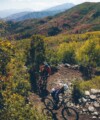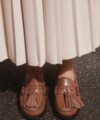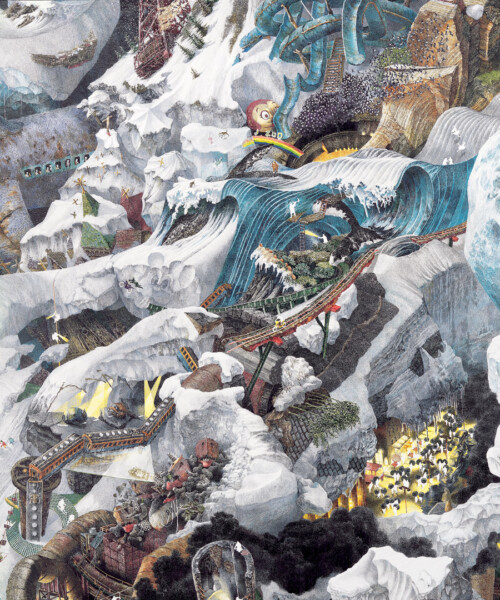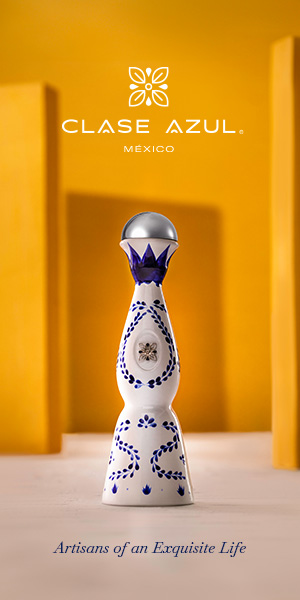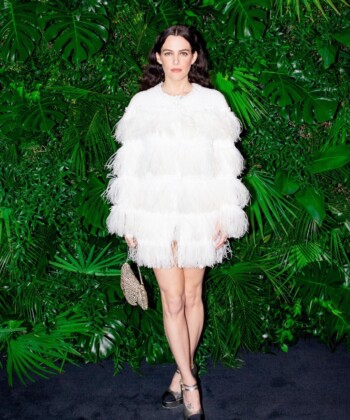In an era when the factory method of art-making has literally removed the artist’s—let alone the human—touch from paintings and sculpture, it’s downright nostalgic to imagine a single painter putting in eight to 10-hour days for over a year at a time on a single work on paper. But that’s exactly what the Japanese artist Manabu Ikeda has done for the past decade with his colossal, ballpoint-and-felt tip drawings Existence (2004)—which the Times named one of the best pieces shown in 2011—Foretoken (2008), and a yet-to-be-titled, three-years-in-the-making behemoth (currently in process at Wisconsin’s Chazen Art Museum). These spectacular, explosive scenes tackle everything from natural and man-made disasters—including Tōhoku and Fukushima—to the perils of urbanization, earth, wind and fire, not to mention trains, planes and automobiles and belie their humble medium at every turn.
“You can’t really ask mountain climbers why they climb mountains. They do it because there are mountains,” says Ikeda, himself a mountain climber and fisherman who takes pictures of crevasses and summits Mt. Fuji, Tsurugi-dake and many other Japanese peaks to find the minutiae—and monumental perspectives—he’s seeking to explore in his meticulous ever-mushrooming macrocosms. “I just really love drawing, painting and making things on my own. I can’t imagine having other people paint for me. To me, it’s not really a discipline; it’s what I want to do. I’m not forcing myself to do this.”

Ice Stream
A decade’s worth of that love goes on display Friday at Japan Society’s Garden of Unearthly Delights group show (through January 11) featuring Ikeda’s work and that of Hisashi Tenmyouya and the art-tech collective teamLab. While Tenmyouya revamps classical, Renaissance, Basara and modern Japanese-style painting with gold background fighting scenes and teamLab delivers garden scenes on hi-def monitors, super-detailed grid paintings, and motion-detecting digital landscapes, Ikeda’s work stands apart in its utterly mesmerizing scale, technique and mastery. Not to mention their scarcity, making collectors ravenous for his work.
“Each work stands on its own so there is no particular thread throughout,” says Ikeda, who never makes underdrawings, and essentially comes to the paintings fresh everyday with new possibilities for where the work might take him. “There is no planned image in my mind when I start, but I gain a small picture and then start from that little drawing. While I’m creating one small segment I’m constantly thinking about what is next, which direction, things from past memory, images of pictures I’ve taken before, news from the radio.”
While the works seemingly invoke Bosch and Dali, Japan Society curator Miwako Tezuka insists, “He really gets close to nature and doesn’t really look to other art or artists for his inspiration.” In fact, his smaller works—10 of which will be on display—grow in this same organic fashion. The earliest piece, Grass Mantis (2004), which only took a few days to render and may look like a Japanese naturalist’s riff on Giuseppe Arcimboldo, was actually just an accumulation of plant images that serendipitously took on the insect form. “It was improvisational,” he says, but admits, “Small works are quite difficult because there is no space for error.”
In other words, the devil is truly in the details.







